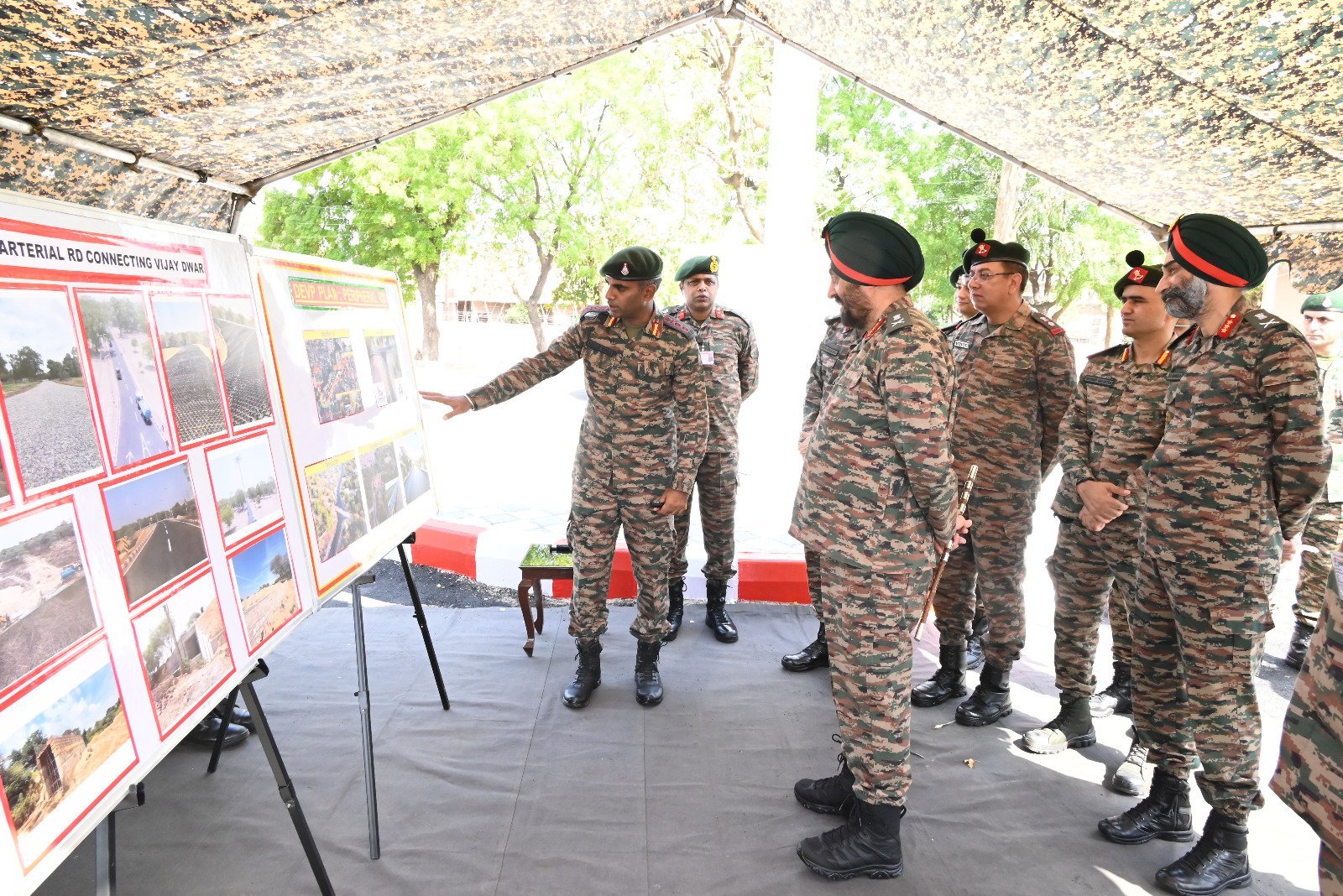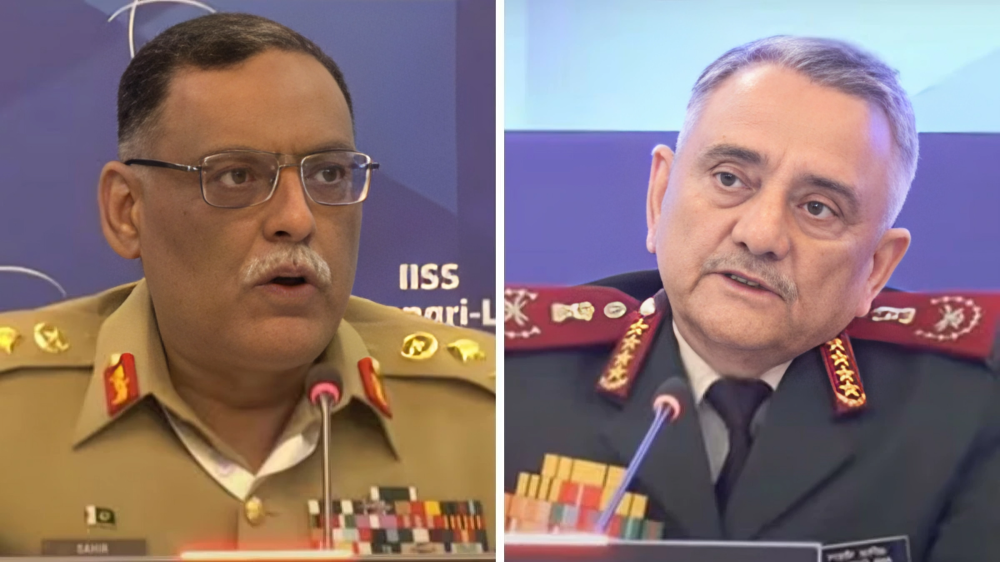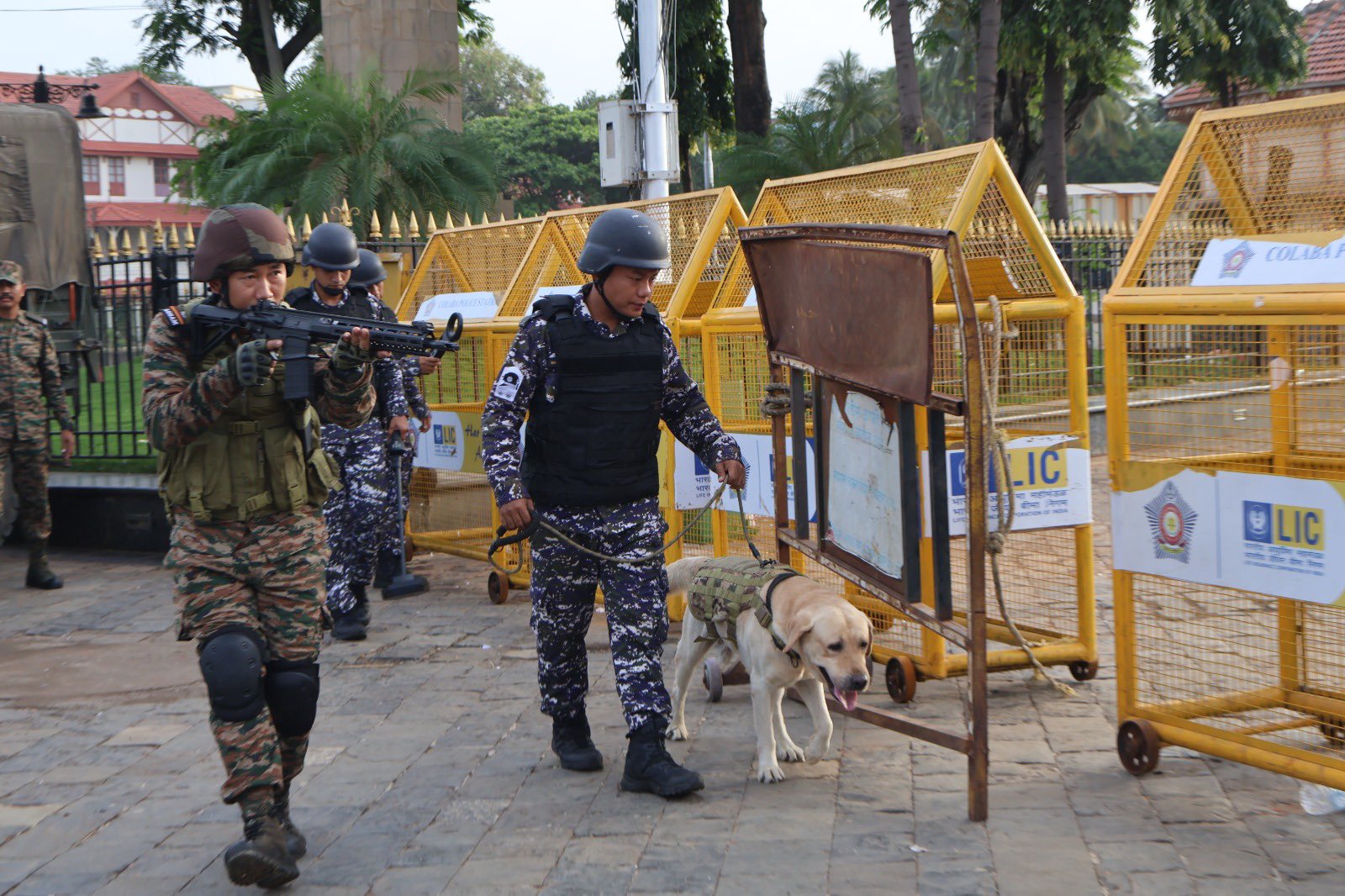Jaipur Military Station Unveils Advanced Elevated Road with Sustainable Technology
The Jaipur Military Station marked a new chapter in military infrastructure development as Lieutenant General Manjinder Singh, Army Commander of…
‘Let Pakistan Get J-20s’: Ex-IAF Chief Rules Out Jet Imports, Calls for Focus on AMCA
Former Indian Air Force Chief RKS Bhadauria has firmly rejected the idea of importing fifth-generation fighter jets in response to…
India, Pakistan Generals Exchange Warnings at Shangri-La Dialogue in Singapore
Amid heightened tensions following recent cross-border hostilities, top military leaders from India and Pakistan exchanged firm warnings at the 22nd…
Wanted Septuagenarian Posing as Army Colonel Arrested from Punjab Old-Age Home
A 77-year-old man who had been on the run for more than 17 years in a cheating case involving the…
Top Ukrainian Army Commander Resigns After Russian Missile Strike Kills 12 Troops
In a dramatic turn in Ukraine’s ongoing war, Major General Mykhailo Drapatyi, the commander of Ukraine’s land forces, has resigned…
Indian Army Conducts Major Joint Security Drill “Mumbai Kavach 2025”
The bustling city of Mumbai witnessed a high-level inter-services security exercise today titled "Mumbai Kavach 2025," conducted in the strategically…






